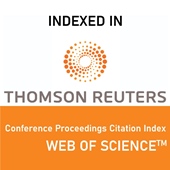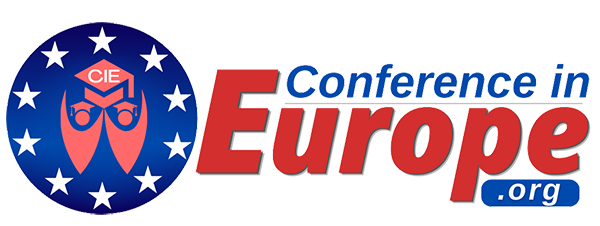Equity in Mediterranean Countries Education Systems
Anabela Serrão, Instituto Universitário de Lisboa - ISCTE-IULnCentro de Investigação e Estudos de Sociologia - CIES-IUL (Portugal)
Luís Custódio, Instituto Superior Técnico – IST / Institute for Systems and Robotics – ISR Lisbon / Portugal (Portugal)
Carlos Pinto-Ferreira, Instituto Superior Técnico - IST-UL Institute for Systems and Robotics - ISR-Lisbon (Portugal)
Abstract
Public education systems ought to ensure equal opportunities to all students, irrespective of the socio-economic status of their families. This political desideratum is based upon, not only on ethical considerations, but also – and mainly – by the need of fostering economic development and progress. To develop, at maximum, the potential of each and every individual in a community, it is imperative to reduce human resource lost and, consequently, to improve wealth creation.
However, there exists a common belief that the more equitable an education system is, the poorer it behaves in terms of learning standards. In fact, relevant empirical evidence points on the opposite direction: according to PISA – Programme for International Student Assessment, countries like Korea, Finland, Canada and Japan, “combine high average performance with equity and have a large proportion of top-performing students, which demonstrates that excellence and equity can go together” (OECD, 2010).
According to OECD, “Equity in education has two dimensions. The first is fairness, which implies ensuring that personal and social circumstances – for example gender, socio-economic status or ethnic origin – should not be an obstacle to achieving educational potential. The second is inclusion, which implies ensuring a basic minimum standard of education for all – for example that everyone should be able to read, write and do simple arithmetic.” (OECD, 2007).
The present research lies on the utilization of a set of indicators to encompass different factors and sources of inequity. To understand these factors, four groups of students were identified, considering the economic, social and cultural status of their families (low and high) and the performance (low and high) they exhibit in the PISA mathematics tests (2003 and 2012), Taking into consideration the percentage of each one of these groups it is possible to perform a risk analysis (calculating relative risks, attributable risks, and odds ratio).
This research aims at improving the understanding of the factors which affect the performance of education systems, in particular, those related with (i) unequal distribution of school resources, (ii) differences between public and private schools, and (iii) dissimilar conditions between rural and urban schools. One of the objectives of this research is to study the mechanisms, at school and system levels, which affect student performance and to analyse the relationship between performance and equity in Mediterranean countries.
OECD, 2007. No More Failures: Ten Steps to Equity in Education. Paris: OECD.
OECD, 2010. PISA 2009 Results: Overcoming Social Background - Equity in Learning Opportunities and Outcomes (vol. II), Paris: OECD
 The Future of Education
The Future of Education





























